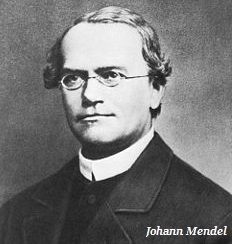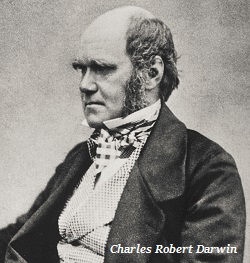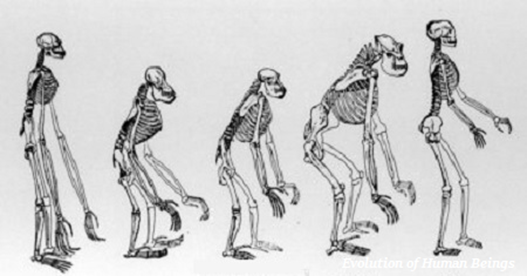
- Biology - Home
- Biology - Structure and Functions
- The Fundamental Unit of Life
- Biology - Tissues
- Biology - Animal Tissue
- Diversity in Living Organisms
- Biology - Plantae Kingdom
- Biology - Animalia Kingdom
- Biology - Vertebrata
- Biology - Transportation in Humans
- Biology - Transportation in Plants
- Biology - Excretion
- Biology - Control and Coordination
- Biology - Hormones in Animal
- How do Organisms Reproduce?
- Biology - Sexual Reproduction
- Biology - Reproduction in Animals
- Reaching the Age of Adolescence
- Biology - Heredity and Evolution
- Biology - Life Processes
- Biology - Respiration
- Microorganisms: Friend and Foe
- Biology - Why do We Fall Ill
- Biology - Natural Resources
- Biology - Our Environment
- Conservation of Plants and Animals
Biology - Heredity and Evolution
Introduction
The principle of heredity determines the process by which traits and characteristics of an organism are reliably inherited.
There are some organisms (especially plants) in which there are very less variations and sometimes difficult to establish the differences, but in some other organisms (especially human beings), there are comparatively greater variations. This is the reason that offspring do not look similar.
Rules for the Inheritance of Traits Mendels Contributions
Johann Mendel is known as "father of modern genetics."
In human beings, the rules for inheritance of traits and characteristics are related to the fact that both the father and the mother equally contribute the genetic material to their child.
Further, each trait of an offspring is usually influenced by both paternal and maternal DNA.
Johann Mendel, who was an Austrian scientist, had experimented on peas and gave the laws of inheritance.

Mendel used a various contrasting visible characters of garden peas round/wrinkled seeds, tall/short plants, white/violet flowers and many more to prove his law of inheritance.
Mendels law of inheritance became popular as as the laws of Mendelian inheritance.
The frequency of an inherited trait changes one after another generation. This happens because of change in genes (as genes control traits).
Evolution Charles Darwin
Charles Darwin was an English geologist, biologist, and naturalist; and, he is best known for his contributions to the science of evolution.

In 1859, Darwin published his book On the Origin of Species explaining the theory of evolution (by natural selection).
Darwins theory of evolution describes - how life evolved from a simple to more complex forms; whereas, Mendels experiments explains the mechanism for the inheritance of traits from one generation to the next.
Evolution is basically the generation of diversity and the shaping of the diversity by the means of environmental selection.
Over period of time, variations in the species may advise survival advantages or merely an example of the genetic drift.
Further, changes in the non-reproductive tissues, are largely because of environmental factors (not by inheritance).

Study of the process of evolution of human beings specifies that most likely all human beings belong to a single species that evolved in Africa continent and over period of time spread across the world in phases.
The complex organs and other features most likely evolved and adapted to cope up with changing environment; the whole phenomenon is known as evolution. E. g., feathers (of birds) are believed to have been initially evolved for warmth, but later adapted for flight.